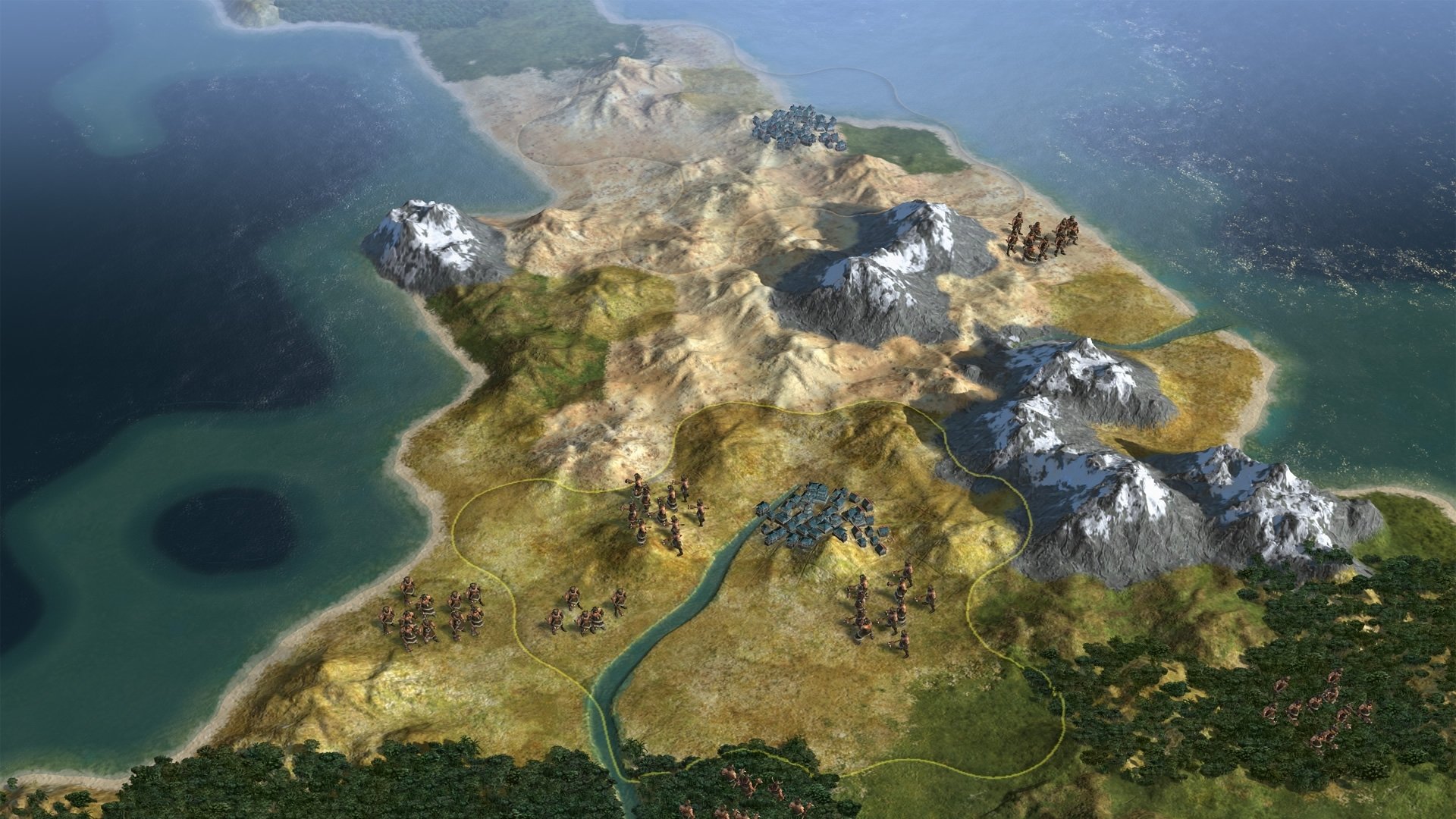

Though Byzantium was ruled by Roman law and Roman political institutions, and its official language was Latin, Greek was also widely spoken, and students received education in Greek history, literature and culture. With Constantinople located on a strait, it was extremely difficult to breach the capital’s defenses in addition, the eastern empire had a much smaller common frontier with Europe.Īs a result of these advantages, the Eastern Roman Empire, variously known as the Byzantine Empire or Byzantium, was able to survive for centuries after the fall of Rome. The eastern half of the Roman Empire proved less vulnerable to external attack, thanks in part to its geographic location. In 476, the barbarian Odoacer overthrew the last Roman emperor, Romulus Augustus, and after many centuries, the once-mighty empire of Rome had fallen. In the west, constant attacks from German invaders such as the Visigoths broke the struggling empire down piece by piece until Italy was the only territory left under Roman control. The fate of the two regions diverged greatly over the next several centuries. In 364, Emperor Valentinian I again divided the empire into western and eastern sections, putting himself in power in the west and his brother Valens in the east. Though Constantine ruled over a unified Roman Empire, this unity proved illusory after his death in 337. Located on the European side of the Bosporus (the strait linking the Black Sea to the Mediterranean), the site of Byzantium was ideally located to serve as a transit and trade point between Europe and Asia. The term “Byzantine” derives from Byzantium, an ancient Greek colony founded by a man named Byzas. WATCH: Engineering an Empire on HISTORY Vault Byzantium


The Byzantine Empire finally fell in 1453, after an Ottoman army stormed Constantinople during the reign of Constantine XI. Though the western half of the Roman Empire crumbled and fell in 476 A.D., the eastern half survived for 1,000 more years, spawning a rich tradition of art, literature and learning and serving as a military buffer between Europe and Asia. The Byzantine Empire was a vast and powerful civilization with origins that can be traced to 330 A.D., when the Roman emperor Constantine I dedicated a “New Rome” on the site of the ancient Greek colony of Byzantium.


 0 kommentar(er)
0 kommentar(er)
